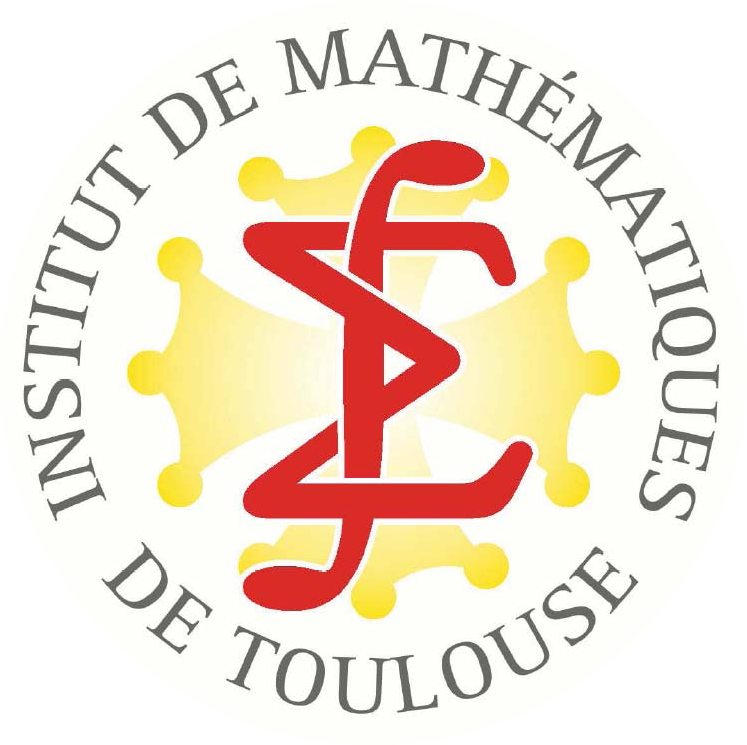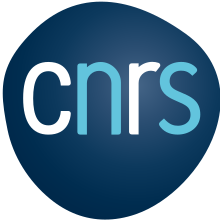The theory of iterated monodromy groups was developed by Nekrashevych [9]. It is a wonderful example of application of group theory in dynamical systems and, in particular, in holomorphic dynamics. Iterated monodromy groups encode in a computationally efficient way combinatorial information about any dynamical system induced by a post-critically finite branched covering. Their power was illustrated by a solution of the Hubbard Twisted Rabbit Problem given by Bartholdi and Nekrashevych [2].
These notes attempt to introduce this theory for those who are familiar with holomorphic dynamics but not with group theory. The aims are to give all explanations needed to understand the main definition (Definition 3.6) and to provide skills in computing any iterated monodromy group efficiently (see examples in Section 3.3). Moreover some explicit links between iterated monodromy groups and holomorphic dynamics are detailed. In particular, Section 4.1 provides some facts about combinatorial equivalence classes, and Section 4.2 deals with matings of polynomials.
La théorie des groupes de monodromie itérée a été développée par Nekrashevych [9]. C’est un magnifique exemple d’application de la théorie des groupes à l’étude des systèmes dynamiques et en particulier à ceux issus de l’itération d’une application holomorphe. Les groupes de monodromie itérée fournissent un algorithme efficace qui encode des informations combinatoires de n’importe quel système dynamique induit par un revêtement ramifié post-critiquement fini. Leur intérêt a été illustré par la solution du problème de Hubbard des oreilles de lapins entortillées démontrée par Bartholdi et Nekrashevych [2].
Ces notes introduisent cette théorie et s’adressent particulièrement aux lecteurs intéressés par les systèmes dynamiques holomorphes mais non experts en théorie des groupes. Les objectifs sont de donner toutes les explications nécessaires à la compréhension de la définition principale (définition 3.6) et de fournir des méthodes pour calculer efficacement dans ces groupes (voir les exemples de la section 3.3). De plus, des liens explicites entre les groupes de monodromie itérée et les systèmes dynamiques holomorphes sont détaillés. En particulier, les classes d’équivalence combinatoire (section 4.1) et les accouplements de polynômes (section 4.2) sont abordés.
@article{AFST_2012_6_21_S5_1069_0,
author = {S\'ebastien Godillon},
title = {Introduction to {Iterated} {Monodromy} {Groups}},
journal = {Annales de la Facult\'e des sciences de Toulouse : Math\'ematiques},
pages = {1069--1118},
publisher = {Universit\'e Paul Sabatier, Institut de Math\'ematiques},
address = {Toulouse},
volume = {Ser. 6, 21},
number = {S5},
year = {2012},
doi = {10.5802/afst.1362},
mrnumber = {3088267},
zbl = {06167101},
language = {en},
url = {https://afst.centre-mersenne.org/articles/10.5802/afst.1362/}
}
TY - JOUR AU - Sébastien Godillon TI - Introduction to Iterated Monodromy Groups JO - Annales de la Faculté des sciences de Toulouse : Mathématiques PY - 2012 SP - 1069 EP - 1118 VL - 21 IS - S5 PB - Université Paul Sabatier, Institut de Mathématiques PP - Toulouse UR - https://afst.centre-mersenne.org/articles/10.5802/afst.1362/ DO - 10.5802/afst.1362 LA - en ID - AFST_2012_6_21_S5_1069_0 ER -
%0 Journal Article %A Sébastien Godillon %T Introduction to Iterated Monodromy Groups %J Annales de la Faculté des sciences de Toulouse : Mathématiques %D 2012 %P 1069-1118 %V 21 %N S5 %I Université Paul Sabatier, Institut de Mathématiques %C Toulouse %U https://afst.centre-mersenne.org/articles/10.5802/afst.1362/ %R 10.5802/afst.1362 %G en %F AFST_2012_6_21_S5_1069_0
Sébastien Godillon. Introduction to Iterated Monodromy Groups. Annales de la Faculté des sciences de Toulouse : Mathématiques, Série 6, Numéro Spécial à l’occasion du “Workshop on polynomial matings” 8-11 juin 2011, Toulouse, Tome 21 (2012) no. S5, pp. 1069-1118. doi : 10.5802/afst.1362. https://afst.centre-mersenne.org/articles/10.5802/afst.1362/
[1] Bondarenko (I.), Rostislav I. Grigorchuk (R. I.), Rostyslav Kravchenko, Yevgen Muntyan, Volodymyr Nekrashevych, Savchuk Dmytro, and Zoran Šunić.— On classification of groups generated by 3-state automata over a 2-letter alphabet. Algebra and Discrete Mathematics, 1, p. 1-163 (2008). | MR | Zbl
[2] Bartholdi (L.) and Nekrashevych (V.).— Thurston equivalence of topological polynomials. Acta Mathematica, 197(1) p. 1-51 (2006). | MR | Zbl
[3] Douady (A.) and Hubbard (J. H.).— A proof of Thurston’s topological characteriza-tion of rational functions. Acta Mathematica, 171(2) p. 263-297 (1993). | MR | Zbl
[4] Grigorchuk (R. I.) and Šunić (Z.).— Self-similarity and branching in group theory. In Groups St. Andrews 2005. Vol. 1, volume 339 of London Mathematical Society Lecture Note Series, p. 36-95. Cambridge University Press, Cambridge (2007). | MR | Zbl
[5] Grigorchuk (R. I.) and Żuk (A.).— On a torsion-free weakly branch group defined by a three state automaton. International Journal of Algebra and Computation, 12(1-2) p. 223-246 (2002). | MR | Zbl
[6] Levy (S. V. F.).— Critically finite rational maps. PhD thesis, Princeton University (1985).
[7] Meyer (D.).— Unmating of rational maps, sufficient criteria and examples. arXiv:1110.6784v1 [math.DS] to appear in Proceeding for the Conference “Frontiers in Complex Dynamics (Celebrating John Milnor’s 80th birthday)" (2012).
[8] Milnor (J.).— Remarks on quadratic rational maps. arXiv:math/9209221v1 [math.DS] (1992). | MR
[9] Nekrashevych (V.).— Self-similar groups, volume 117 of Mathematical Surveys and Monographs. American Mathematical Society, Providence, RI (2005). | MR | Zbl
[10] Pilgrim (K. M.).— Dessins d’enfants and Hubbard trees. Annales Scientifiques de l’École Normale Supérieure. Quatrième Série, 33(5) p. 671-693 (2000). | MR | Zbl
[11] Pilgrim (K. M.).— An algebraic formulation of Thurston’s combinatorial equivalence. Proceedings of the American Mathematical Society, 131(11) p. 3527-3534 (2003). | MR | Zbl
[12] Pilgrim (K. M.).— Combinations of complex dynamical systems, volume 1827 of Lecture Notes in Mathematics. Springer-Verlag, Berlin (2003). | MR | Zbl
[13] Pilgrim (K. M.).— A Hurwitz-like classification of Thurston combinatorial classes. Osaka Journal of Mathematics, 41(1), p. 131-143 (2004). | MR | Zbl
[14] Lei (T.).— Matings of quadratic polynomials. Ergodic Theory and Dynamical Systems, 12(3) p. 589-620 (1992) | MR | Zbl
Cité par Sources :




